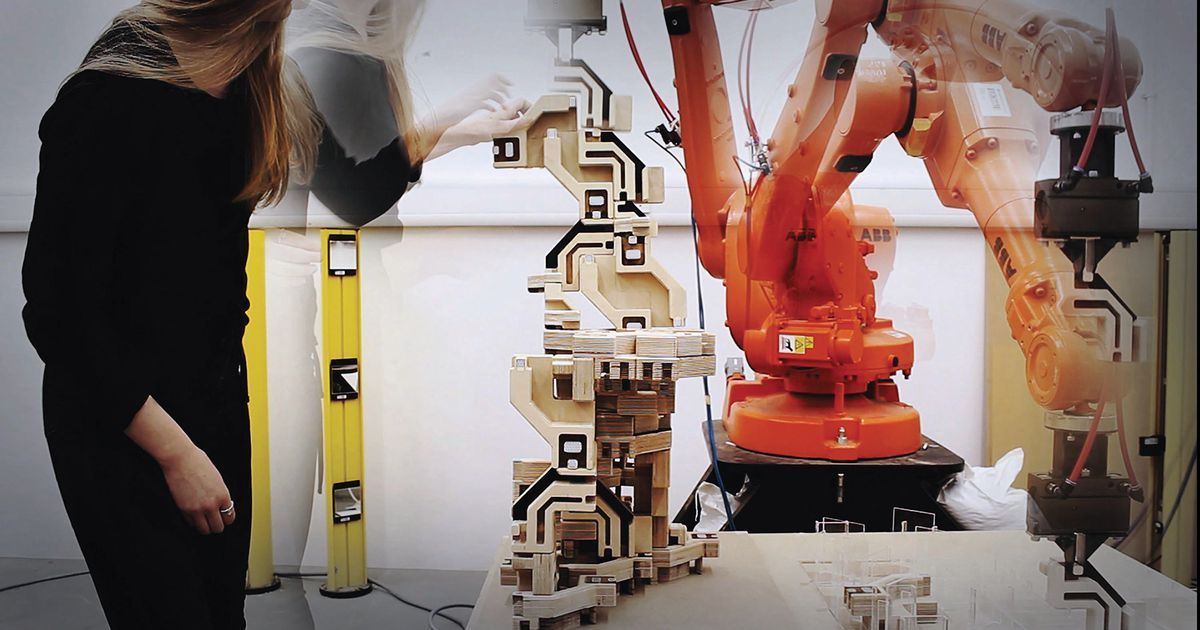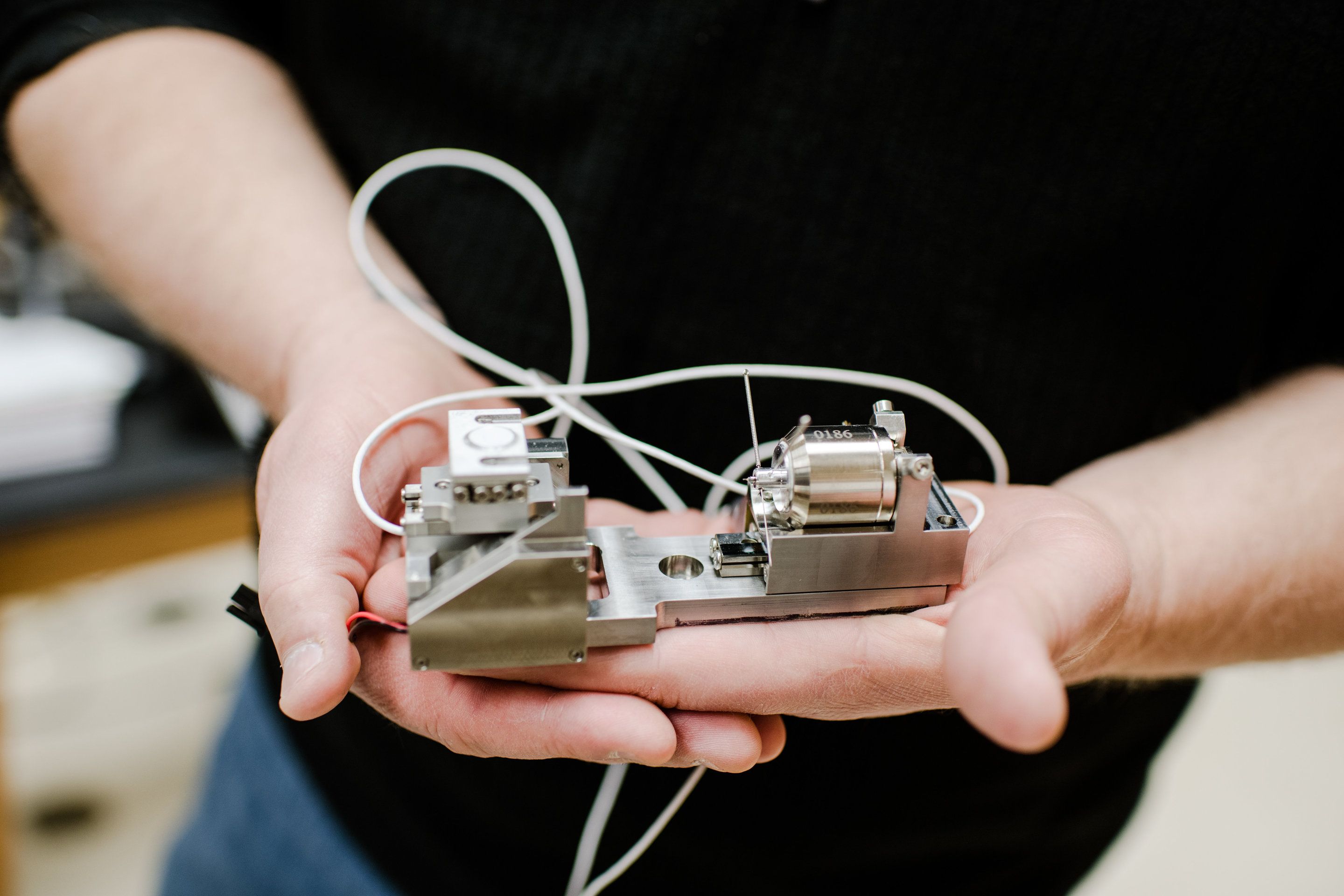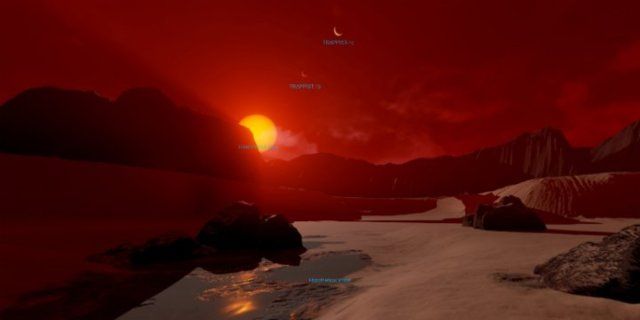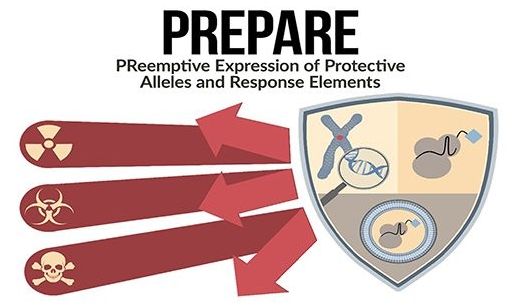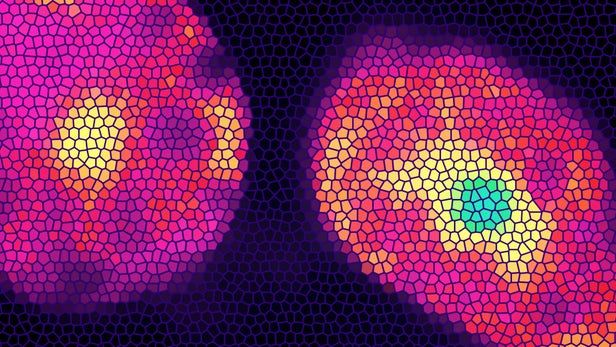Page 8842
May 29, 2018
Approaching disability like a scientist
Posted by Genevieve Klien in category: futurism
May 29, 2018
In Human Vs Machine Study, AI Better at Detecting Skin Cancer
Posted by Genevieve Klien in categories: biotech/medical, robotics/AI
An artificial intelligence system accurately detected 95 percent of dangerous skin lesions in more than 100,000 images, compared to 86.6 percent by human dermatologists.
May 29, 2018
Researchers discover one of the most massive neutron stars
Posted by Genevieve Klien in categories: physics, space
Using a pioneering method, researchers from the Astronomy and Astrophysics Group of the UPC and the Canary Islands Institute of Astrophysics (IAC) have found a neutron star of about 2.3 solar masses—one of the most massive ever detected. The study was published on the 23rd of May in the Astrophysical Journal and opens a new path of knowledge in many fields of astrophysics and nuclear physics.
Neutron stars (often called pulsars) are stellar remnants that have reached the end of their evolutionary life: they result from the death of a star of between 10 and 30 solar masses. Despite their small size (about 20 kilometres in diameter), neutron stars have more mass than the sun, so they are extremely dense.
Researchers from the Universitat Politècnica de Catalunya (UPC) and the Canary Islands Institute of Astrophysics (IAC) used an innovative method to measure the mass of one of the heaviest neutron stars known to date. Discovered in 2011 and called PSR J2215+5135, with about 2.3 solar masses it is one of the most massive of the more than 2,000 neutron stars known to date. Although a study published in 2011 reported evidence of a neutron star with 2.4 solar masses, the most massive neutron stars that had previously achieved a consensus among scientists, reported in 2010 and 2013, have 2 solar masses.
May 29, 2018
Thanos, Overpopulation, and How to Save the Universe
Posted by Steve Hill in categories: life extension, space

Now that some time has passed since the release of Avengers: Infinity War, we should probably talk about Thanos, the nigh-omnipotent “Mad Titan” at the heart of Marvel’s latest blockbuster, and how he perfectly embodies one of the most pervasive societal misconceptions circling the topic of life extension. This might, therefore, be the first post here on LEAF that necessitates a spoiler warning, so here it is!
SPOILER ALERT — IF YOU CARE ABOUT HAVING INFINITY WAR, WHICH IS AN EXCELLENT MOVIE THAT YOU SHOULD SEE, SPOILED, PLEASE ABANDON SHIP AND HEREUPON RETURN AFTER WATCHING
Continue reading “Thanos, Overpopulation, and How to Save the Universe” »
May 29, 2018
Jeff Bezos: ‘We will have to leave this planet … and it’s going to make this planet better’
Posted by Klaus Baldauf in category: space

LOS ANGELES – Deep thinkers have been saying for generations that we have to get off this rock and head for the stars, but the idea takes on a little more weight when the world’s richest person says it.
“We will have to leave this planet, and we’re going to leave it, and it’s going to make this planet better,” Jeff Bezos, the founder of Amazon retailing giant and the Blue Origin space venture, told me here on Friday night during a fireside chat at the National Space Society’s International Space Development Conference.
May 29, 2018
Better, faster, stronger: Building batteries that don’t go boom
Posted by Bill Kemp in category: mobile phones
There’s an old saying: “You must learn to walk before you learn to run.” Despite such wisdom, numerous industries skip the basics and sign up for marathons instead, including the battery industry.
Lithium ion batteries hold incredible promise for improved storage capacity, but they are volatile. We’ve all heard the news about lithium ion batteries in phones—most notably the Samsung Galaxy 7—causing phones to catch fire.
Much of the problem arises from the use of flammable liquid electrolyte inside the battery. One approach is to use a non-flammable solid electrolyte together with a lithium metal electrode. This would increase the energy of the battery while at the same time decreasing the possibility of a fire.
Continue reading “Better, faster, stronger: Building batteries that don’t go boom” »
May 29, 2018
NASA now has a website that lets you virtually visit exoplanets as a space tourist
Posted by Michael Lance in category: space
Ever wonder what travel to a planet outside our solar system would be like?
Though most exoplanets aren’t fit for human habitation, researches at NASA have added a new feature to its Exoplanet Exploration website that allows users to explore them.
May 29, 2018
Dialing Up the Body’s Defenses Against Public Health and National Security Threats
Posted by Klaus Baldauf in categories: biotech/medical, health, military
Protection against many common pathogens and environmental stressors is written into our DNA. Our skin responds to sun exposure. Our immune system mounts defenses when we get the flu. Our bodies inherently work to mitigate the potential for harm caused by these health threats. However, these intrinsic responses are not always quick, robust, or appropriate enough to adequately defend us from harm, which is why many people experience sunburn after intense sun exposure or suffer severe symptoms, even death, following exposure to the flu.
Military service members, first responders, and civilian populations face threats far more severe than sunburn and respiratory infections. Pathogens with pandemic potential, toxic chemicals, and radioactive materials can all quickly and powerfully overwhelm the body’s innate defenses. And though significant public and private investment has been focused on the development of traditional medical countermeasures such as drugs, vaccines, and biologics to guard against the worst effects of these health threats, current countermeasures are often limited in their effectiveness and availability during emergencies.
DARPA is looking to make gains beyond the status quo. Inspired by recent advances in understanding of when and how genes express their traits, DARPA’s new PReemptive Expression of Protective Alleles and Response Elements (PREPARE) program will explore ways to better protect against biological, chemical, or radiological threats by temporarily and reversibly tuning gene expression to bolster the body’s defenses against – or directly neutralize – a given threat.
Weight gain has often been noted as a side effect of quitting smoking, and research has well established that nicotine can function as an appetite suppressant. A new study has now uncovered a novel mechanism showing how nicotine directly activates a protein that signals a type of fat cell to start burning energy.
A few years ago, scientists discovered a new, third type of fat cell called beige fat. This important discovery revealed an entirely new metabolic target for obesity research. Along with brown fat cells, beige fat was found to rapidly burn calories and generate heat.
Now, new research from the University of Michigan Life Sciences Institute has revealed a novel metabolic mechanism explaining how a protein called CHRNA2 specifically stimulates beige fat cells to burn energy. The study found that CHRNA2 receptor proteins are activated by two molecules – nicotine and acetylcholine.
